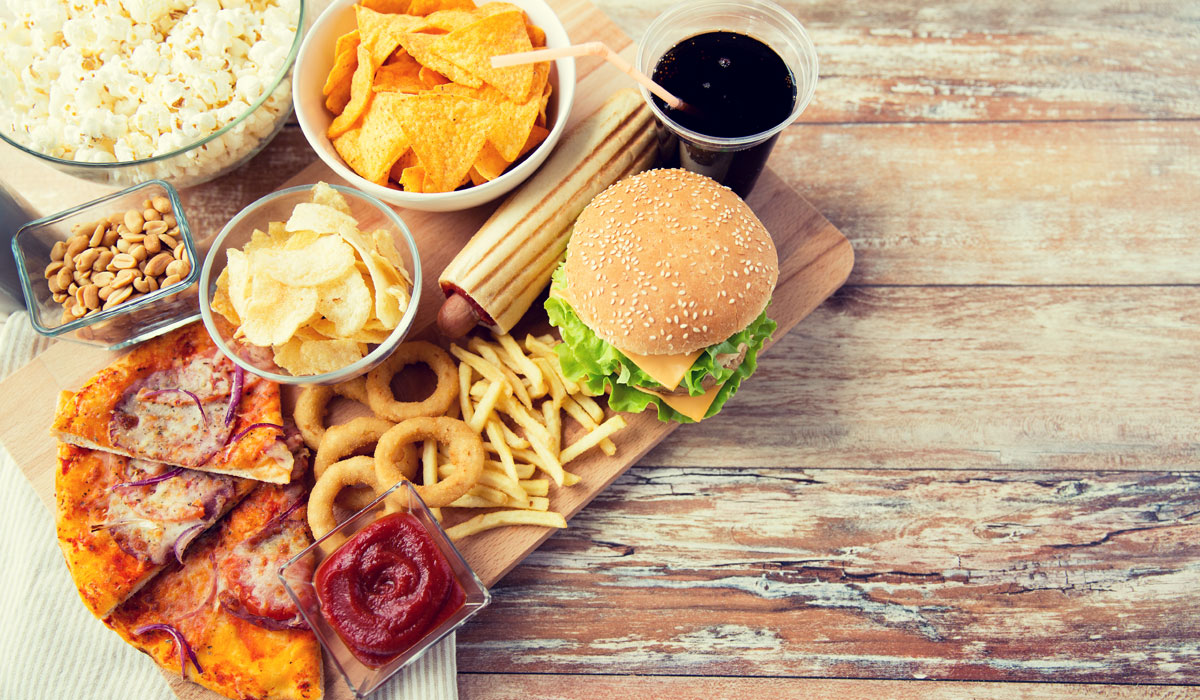Was the restaurant’s industry positive fourth-quarter an anomaly? TDn2K’s latest Industry Snapshot asks that question following two consecutive months of sagging same-store sales growth, year-over-year, to start 2018. In February, comp sales dropped 0.8 percent versus the same period in 2017, and traffic declined 3.1 percent across the industry, according to data from weekly sales of more than 30,000 restaurant units and 170-plus brands.
While still an improvement over the 1.1 percent same-store sales decline for all of 2017, these numbers raise some alarm given the momentum carried into the calendar year. January reported same-store sales negative 0.3 percent, which was a 0.6 percentage-point drop from December, and broke a three-month streak of flat or positive sales growth. So February’s poor performance began another streak, just not the kind operators were hoping for. In fact, the 3.1 percent traffic drop was the worst month since September 2017. TDn2K said the negative effect on sales was amplified by a significant slowdown in the growth of guest checks. On average, consumers spent 2.4 percent more than a year ago in February. Meanwhile, the year-over-year growth in average spending was 3 percent in January.
“However, the trend that continues,” said Victor Fernandez, executive director of insights and knowledge at TDn2K, in a statement, “is higher guest check growth compared with the first three quarters of 2017. Since the beginning of Q4 2017, all months except December have posted year-over-year check growth of at least 2.4 percent. The average for the first nine months of 2017 was only 2.0 percent. Furthermore, the latest TDn2K research indicates that restaurant brands with sustained top sales growth over the last two years have been successful at increasing their average guest checks even more.”
The same-store sales dip of 0.8 percent was a 0.5 percentage-point decline from January and the weakest month since September 2017 as well. TDn2K said this isn’t quite enough to credit a downturn just yet, despite the fact the decline spread across the country.
Nearly two-thirds of the designated market areas tracked by Black Box Intelligence showed negative same-store sales in February. In December, 57 percent of markets experienced positive same-store sales growth. Only five of the country’s 11 regions reported positive same-store sales growth this past month. The Western Region, California, and Texas posted positive sales growth in February, while the Midwest, Mid-Atlantic, and Southwest suffered the most.
That split is one reason for optimism, TDn2K points out. Traffic was down 6.4 percent in the Midwest as sales fell 3.2 percent. Some of this can be credited to external factors, such as weather, and, in theory, won’t be present in coming reports.
Is this issue an aberration or a new trend then? “We had several external factors in February that cloud our view into the underlying performance,” Fernandez said. “There were weather events that included winter storms as well as record rainfall in some areas. The Winter Olympics captured the attention of almost 20 million Americans nightly for two weeks. Plus, Valentine’s Day fell on Ash Wednesday, a time when many people were involved with church activities. Each of these events impacted sales to some degree. We’ll watch results carefully over the next few weeks to evaluate restaurant trends in a more normalized environment.”
It is troubling that these comps came against what was a very rough February 2017 (negative 3.7 percent versus the prior-year-period).
Every segment reported negative sales in the month. Fast casual turned in the best performance as it continues to gain market share via growth. This was the first time fast casual was the top performer in comp sales since the beginning of 2015. Fine dining took a significant dip in February, positing its third-worst month in three years. “The external factors noted earlier could have been particularly troublesome for this segment,” TDn2K said.
Chain restaurants grew total sales by 2.9 percent in 2017. In turn, counter-service brands are taking additional share of those sales. Quick service and fast casual sales account for 72 cents of every dollar that was spent on chain restaurants during the fourth quarter of 2017, TDn2K’s data showed.
“Especially telling in the data is the fact that for years consumers have been slowly shifting their spending to these segments, signaling the increasing appeal of chain restaurant brands for value, convenience and off-premise based dining [over half of counter service sales are for food not consumed at the restaurant],” the report said.
As always, turnover rates were a problem for operators. They increased for hourly employees and restaurant managers again in January. TDn2K’s People Report recorded another increase in the 12-month rolling turnover rate. It also showed that challenges are greater for back-of-house hourly positions.
“As restaurants compete for kitchen talent they will have to look to their compensation plans as part of the strategy. Restaurant companies reported the number one reason back-of-house employees leave is for higher compensation,” TD2nK said.
Joel Naroff, president of Naroff Economic Advisors and a TDn2K economist, comments on the impending consumer spending upturn.
“While job gains have remained solid, the economy has yet to accelerate as much as we hoped for when the tax cuts were passed,” he said. “It may be early, especially since income growth was robust in January. But that has not yet translated into strong retail spending.”
“Consumer confidence remains solid, but the chaos in Washington has created massive volatility in the equity markets that could be weighing on consumers. Nevertheless, with wage pressures rising from the strong demand for workers, look for consumer spending to improve. We may not see a sudden surge, as it takes time for the tax cuts and wage increases to translate into improved demand, but the acceleration should become clear by the end of spring or early summer. Growth in the three percent range for this year is still likely and that means most sectors, including restaurants, should be in for better sales going forward.”












